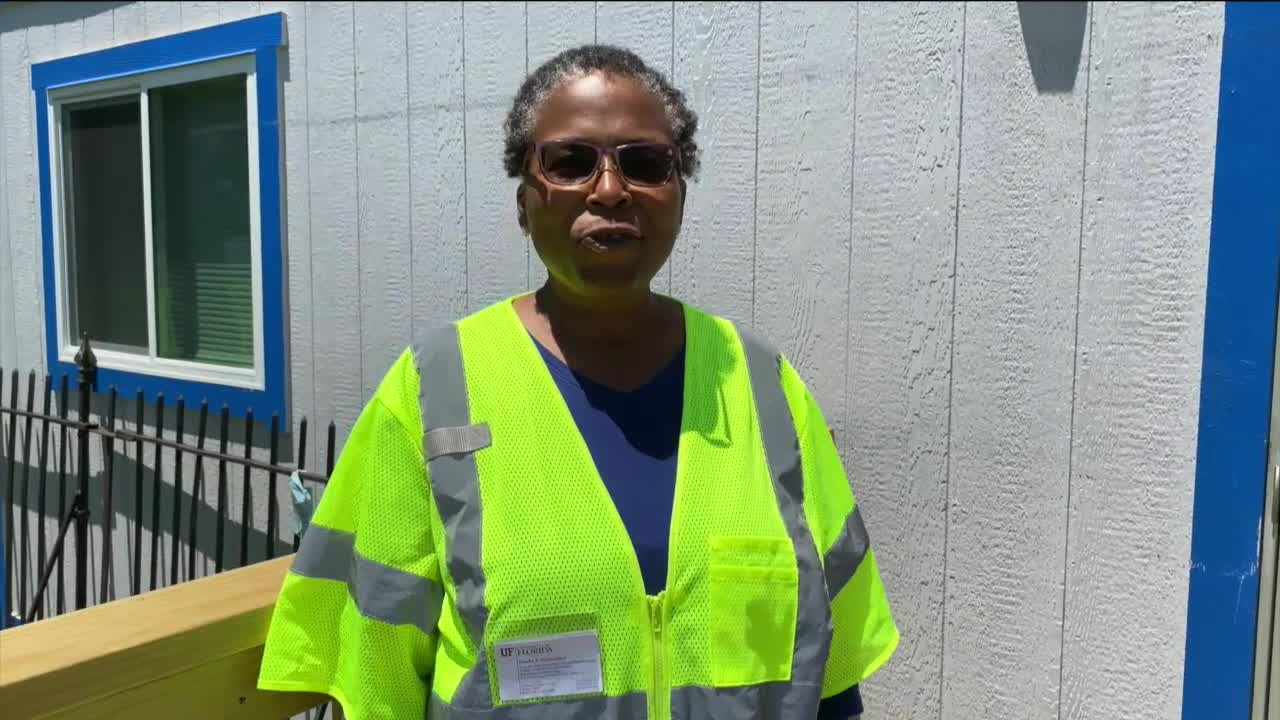Forensic team reveals secrets of Tulsa Race Massacre remains
July 17, 2024 | Metropolitan Area Planning Commission Meetings, Tulsa, Tulsa County, Oklahoma

This article was created by AI summarizing key points discussed. AI makes mistakes, so for full details and context, please refer to the video of the full meeting. Please report any errors so we can fix them. Report an error »

In a recent presentation, Phoebe Stubblefield, the lead forensic anthropologist for the Tulsa Race Massacre investigation at the University of Florida's Human Identification Lab, provided an in-depth overview of the processes involved in analyzing remains exhumed from the historic site.
Stubblefield detailed the lab's use of advanced radiography techniques to examine skeletal remains, highlighting the importance of identifying features that could indicate the cause of death, such as bullets or artifacts associated with burial practices. The lab employs a CR scanner system to create detailed images of the remains, which significantly reduces the time spent manually sifting through soil.
Each set of remains is meticulously cataloged and processed on individual tables to prevent mingling, allowing for thorough analysis of skeletal elements. The team assesses various indicators, including age and sex, and examines any injuries or health conditions reflected in the bones. Stubblefield noted the presence of various artifacts, including clothing items and funerary hardware, which contribute to understanding the individuals' stories.
The lab operates a mix of digital and paper records, ensuring that all findings are accurately documented and organized. Once analysis is complete, remains are stored in a designated area until they are ready for reinterment.
Stubblefield encouraged the public to access additional resources related to the investigation through the City of Tulsa's dedicated website, which houses historical documents and ongoing updates about the project. This initiative aims to honor the memory of those affected by the Tulsa Race Massacre and provide transparency in the ongoing investigation.
Stubblefield detailed the lab's use of advanced radiography techniques to examine skeletal remains, highlighting the importance of identifying features that could indicate the cause of death, such as bullets or artifacts associated with burial practices. The lab employs a CR scanner system to create detailed images of the remains, which significantly reduces the time spent manually sifting through soil.
Each set of remains is meticulously cataloged and processed on individual tables to prevent mingling, allowing for thorough analysis of skeletal elements. The team assesses various indicators, including age and sex, and examines any injuries or health conditions reflected in the bones. Stubblefield noted the presence of various artifacts, including clothing items and funerary hardware, which contribute to understanding the individuals' stories.
The lab operates a mix of digital and paper records, ensuring that all findings are accurately documented and organized. Once analysis is complete, remains are stored in a designated area until they are ready for reinterment.
Stubblefield encouraged the public to access additional resources related to the investigation through the City of Tulsa's dedicated website, which houses historical documents and ongoing updates about the project. This initiative aims to honor the memory of those affected by the Tulsa Race Massacre and provide transparency in the ongoing investigation.
View full meeting
This article is based on a recent meeting—watch the full video and explore the complete transcript for deeper insights into the discussion.
View full meeting
